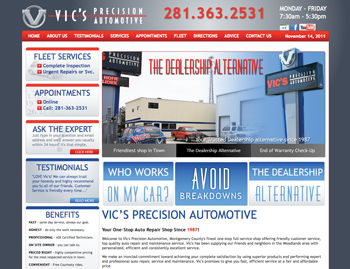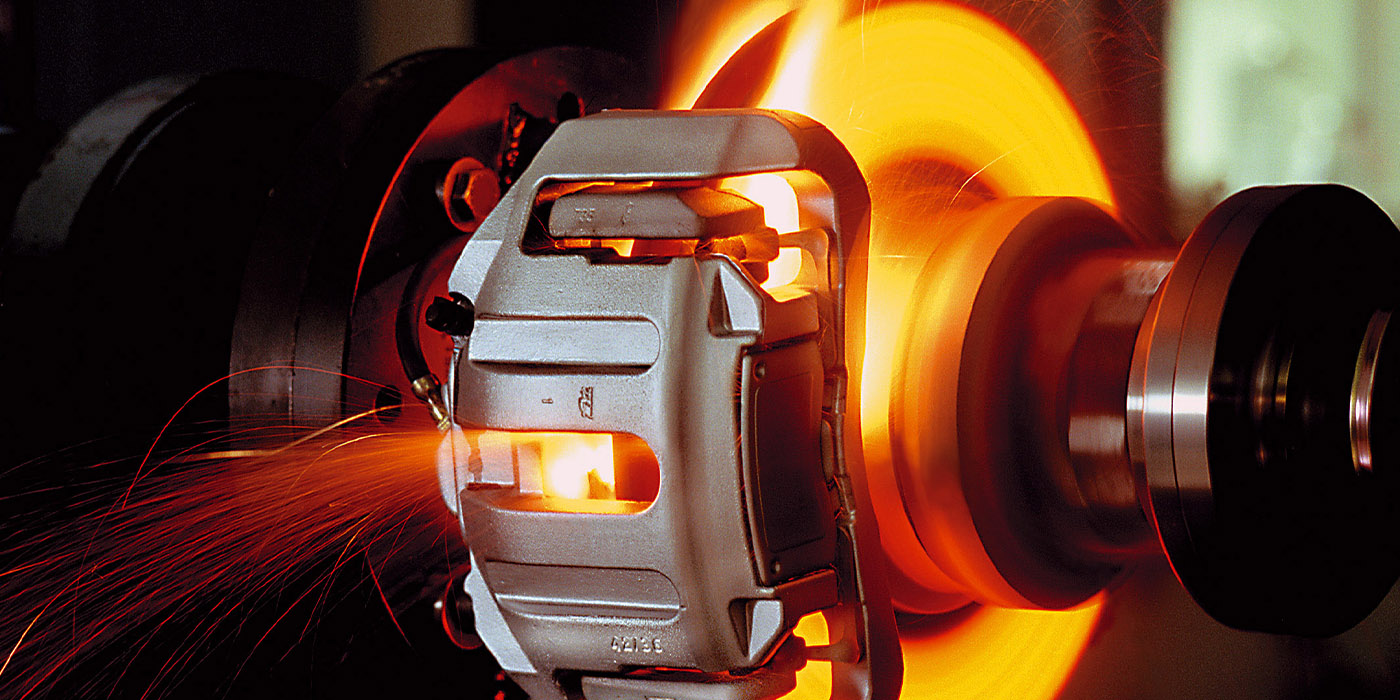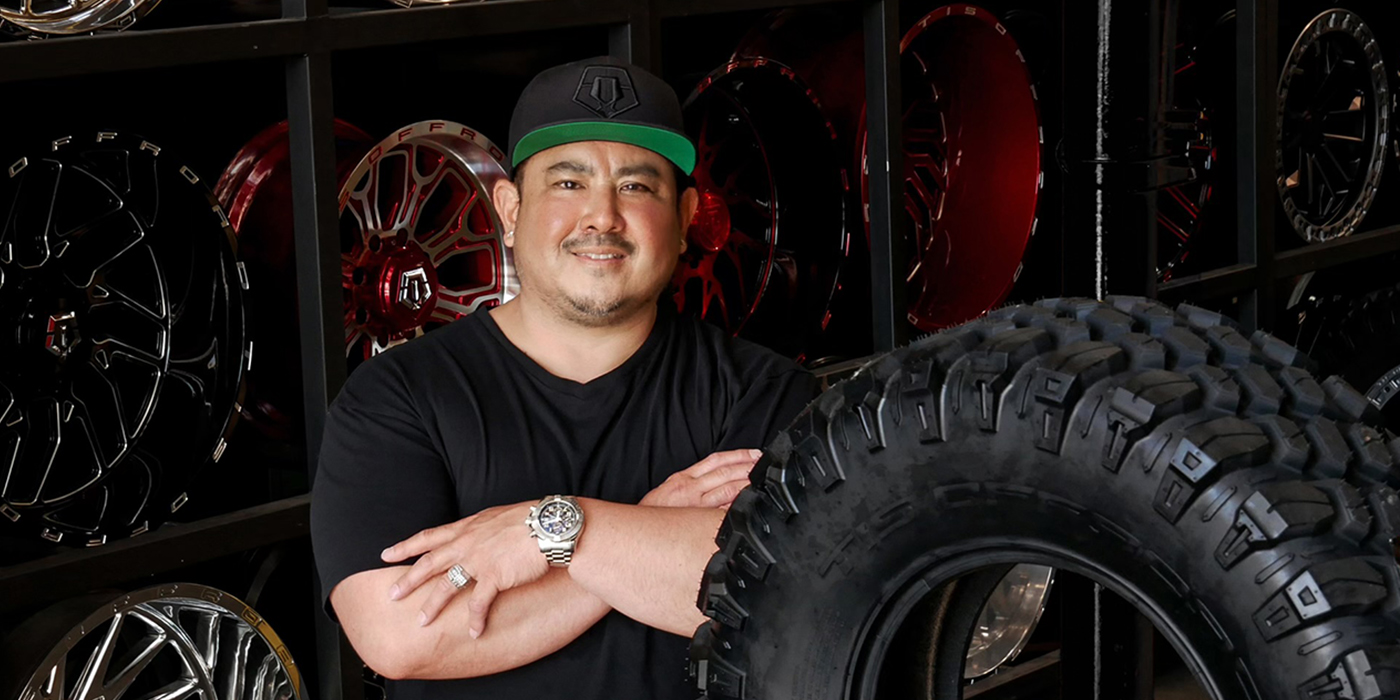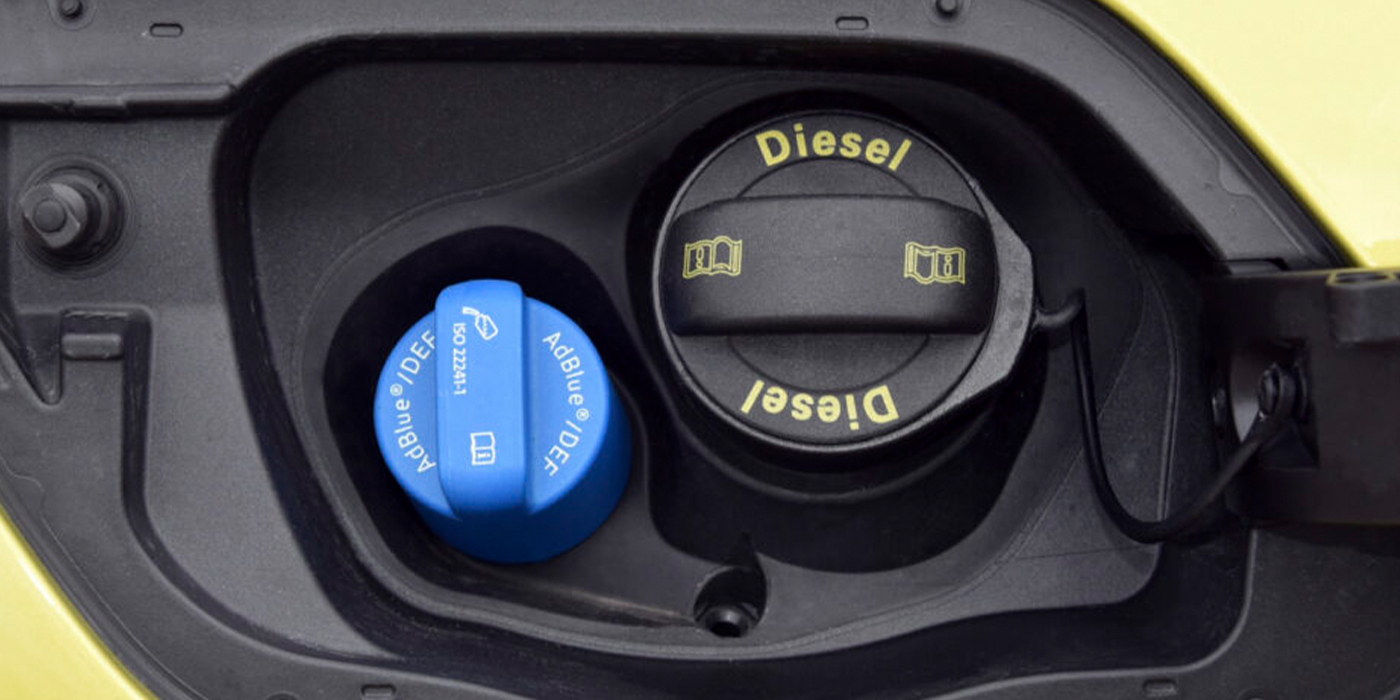This article is the first of a multi-part series where we will discuss shop signage and image. We’ll talk about what message you’re communicating without even uttering a word to your customer. We will look at ways for you to improve on the message you’re sending and help you set your shop apart from your competition.
Jackson Smith is credited with the famous quote “You never get a second chance to make a first impression.”
This quote could never apply more aptly to the visual impressions you’re sending out at your shop each and every day.

What’s All This Branding Stuff?
In the earlier years of running my shop, a friend in real estate tried to convince me of the importance of having a good brand and how it would set me apart from my competition. He was right, but I failed to ask him to define what he was talking about. I struggled to grasp the concept of a brand.
At that time, I thought it would require a huge marketing firm and just as large of a budget. I thought someone would have to create a “campaign” that was vast and complex. Thankfully, I had another customer who helped to create the imagery and slogan that identify who we are.
Simpler Than It Sounds
The American Marketing Association defines a brand as a “Name, term, design, symbol or any other feature that identifies one seller’s goods or services as distinct from those of other sellers.”
Because of the target market Shop Owner magazine serves, a lot of you already have a uniform image in place and I’m sure you use it quite effectively. Keep reading, as there may be something here that triggers a new idea that could bring an improvement to what you already have.

Elements of a Brand
I’ll use elements from Vic’s for illustration purposes:
Name: Vic’s Precision Automotive.
Logo: We utilize a “V” for a quick visual identification.
Tagline or Catch-phrase: “Service You Can Count On…People You Can Trust.”
Additional elements major companies use:
Shapes: The shape of Manny, Moe and Jack are a trademark shape of Pep Boys.
Graphics: The dynamic ribbon is also a trademarked part of Coca-Cola’s brand.
Color: The Ford blue is considered an element.
Brand elements for your company should be used consistently throughout all of your marketing materials, signage, business cards, etc. Anywhere you expect a customer to see your message is a place to put the elements of your brand into play. Do this consistently and you will establish a strong brand.
Consistent use of brand elements from the time your customer enters your lot, until the moment he/she leaves, up to the thank-you card you send after service will convey a level of stability and confidence in your shop and the brand you’ve developed.
Avoiding Mixed Messages
When your customer enters your driveway what does he/she see? Is it your logo on a professionally done sign? Or, do they see your name, plus all the logos of the tire brands, batteries, program groups you sell along with the signs of state associations to which you’re affiliated? While these are important players in the success of your shop, they should take second billing and your marketing elements should take center stage.
I know one shop in the central part of the country that has so well identified his company with his program group that his shop appears to be one of the program group’s parts stores. While it has a professional appearance, he risks losing his shop’s identity and strengthening his program group’s brand. The excellent work he performs may be identified with another shop in the area that’s also affiliated with that program group.
If your brand elements are primarily used on your signage, you will send a unified message to your customer that they’ve arrived at your shop. At Vic’s, we use only our elements on our lot and building signage, while the only supporting logos we use are the AAA and ASE logos. By doing so, we don’t send mixed messages. So try to keep your shop’s elements out front and don’t use anyone else’s, unless it’s to support who you are.
Tying It All Together
As you analyze your shops’ image, signage etc., make sure you convey your shop’s uniqueness and promote only your shop.
Here are some areas to consider:
1. Look at your shop from the customers’ perspective from the street.
2. Install directional signage. For example, do your customers and vendors know where to park once they have entered your lot?
3. Entry signage. Is the entry to your reception area clearly marked or do you have a sign above your door that says “office,” like many shops do?
4. Reception area. What do customers see once they enter your reception area? Do they know exactly where to go?
5. Dress code. Are your service advisors and techs in uniform with shop logo wear?
You are likely the top shop in your market, but there is always room for improvement. Take some time to analyze your branding efforts and ensure that you’re sending a unified message to customers from every vantage point.
Visit my shop’s website www.vicsprecision.com to see how we use the marketing elements we’ve developed and to begin brainstorming with your team about some ideas you could incorporate at your shop.
Coming up in the January/February issue: Do’s, Don’ts, Signage/Logo design Successes and Failures. Plus, how to use the proper colors and fonts to attract the best customer.
Vic Tarasik is the owner of Vic’s Precision Automotive, The Woodlands, TX; a 30-year industry veteran; and long-time 20 Group member. His 10-bay, 7,000 sq.-ft. shop specializes in customer service in addition to expert vehicle repairs. Vic can be reached at [email protected].













